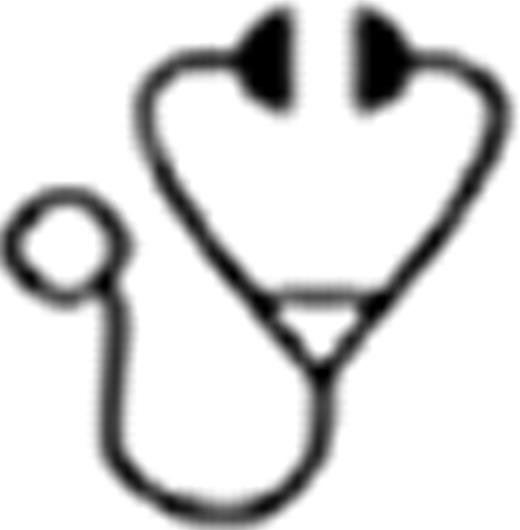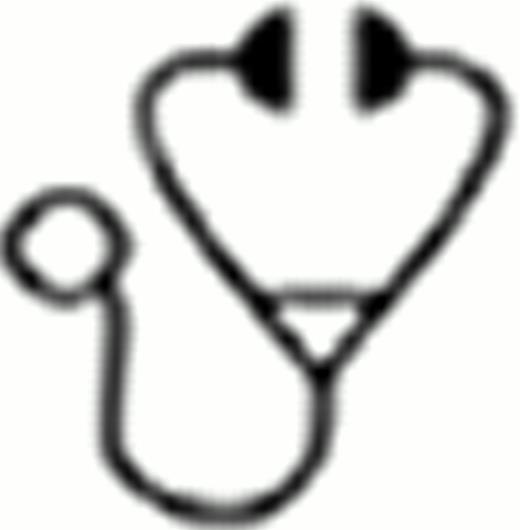Abstract
Polycythemia vera (PV) is a malignant blood disorder characterized by an absolute increase in red blood cell mass accompanied by an increased production of platelets and white blood cells. A classical symptom of PV is pruritus, which occurs in approximately 48–70% of the patients. Often triggered by contact with warm water, PV-associated pruritus is reported by patients to be the top reason behind significantly impaired quality of life. However, the pathophysiology and the corresponding treatments of PV-associated pruritus are still unclear. Studies in the pathophysiology of PV-associated pruritus have focused on mast cells (MCs) that are best known as effector cells of IgE-mediated allergic responses. A variety of MC-derived mediators have been identified to be involved in the elicitation or modulation of pruritus. Recently, findings of upregulated MC-derived pruritogenic factors in PV patients have highlighted the importance of MC functions involved in PV-associated pruritus.
The pathogenesis of PV is frequently associated with a gain-of-function mutation of tyrosine kinase JAK2, which represents a major molecular defect in over 90% of patients. In our early studies, we showed that the transgenic expression of JAK2V617F in mice recapitulates clear PV-like clinical features including erythrocytosis, myeloid neoplasia, leukocytosis, and splenomegaly. However, the pathologic role of JAK2V617F in PV-associated pruritus is still poorly understood. Thus, in the present study, we hypothesized that functional abnormalities of MCs bearing the JAK2V617F mutation might cause pruritus in PV patients.
First, we found that aged JAK2V617F transgenic mice (45 to 55 weeks) developed pruritus with an average frequency of 41.7% (45.7% for male and 37.8% for female). The afflicted mice developed severe skin problems including alopecia, inflammation, and even ulceration. In contrast, none of this was found in control mice of comparable ages. Subsequent examinations of MC distributions by histochemical staining revealed massive accumulations of MCs in the flank skin and ear in the transgenic mice. Furthermore, MC-colony formation assays demonstrated that the bone marrow, spleen, and peripheral blood of the JAK2V617F transgenic mice contained increased numbers of mast cell progenitors with enhanced proliferation potentials. In order to investigate mechanisms underlying the rapid proliferation of JAK2V617F-positive MC progenitors, we examined whether proliferative signals and cell survival were altered in in vitro generated bone marrow-derived mast cells (BMMCs). As expected, JAK2V617F-positive BMMCs exhibited enhanced activation of ERK1/2 and MEK1/2 at steady state and in response to stimulations with growth factors/cytokines. Furthermore, upon deprivation of growth factors and cytokines, JAK2V617F-positive BMMCs displayed enhanced cell viability compared to control cells, as demonstrated by flowcytometric analysis with FITC-annexin V and propidium iodide staining. To further evaluate effector responses in JAK2V617F-positive BMMCs, we examined MC protease activities. Surprisingly, JAK2V617F-positive BMMCs exhibited markedly enhanced chymase activity (>60 fold), but normal tryptase activity, suggesting a potential association of chymase with pruritus in PV patients. Finally, we explored whether inhibitors targeting JAK2 could potentially reduce PV-associated pruritus. Thus, we applied a novel JAK2 inhibitor, G6, on our JAK2V617F transgenic mice and found that G6 provided significant therapeutic benefits by alleviating the itching symptoms. In vitro analysis also demonstrated that G6 could effectively inhibit cell growth of JAK2V617F-positive MCs, suggesting that the therapeutic effects on mice might be mediated via inhibition of mast cells.
Collectively, our findings demonstrate a strong correlation of quantitative and qualitative abnormalities of JAK2V617F-positive mast cells with pruritogenesis in PV. We also provide a potential anti-pruritus drug to treat PV patients by targeting JAK2.
No relevant conflicts of interest to declare.

This icon denotes a clinically relevant abstract
Author notes
Asterisk with author names denotes non-ASH members.


This feature is available to Subscribers Only
Sign In or Create an Account Close Modal